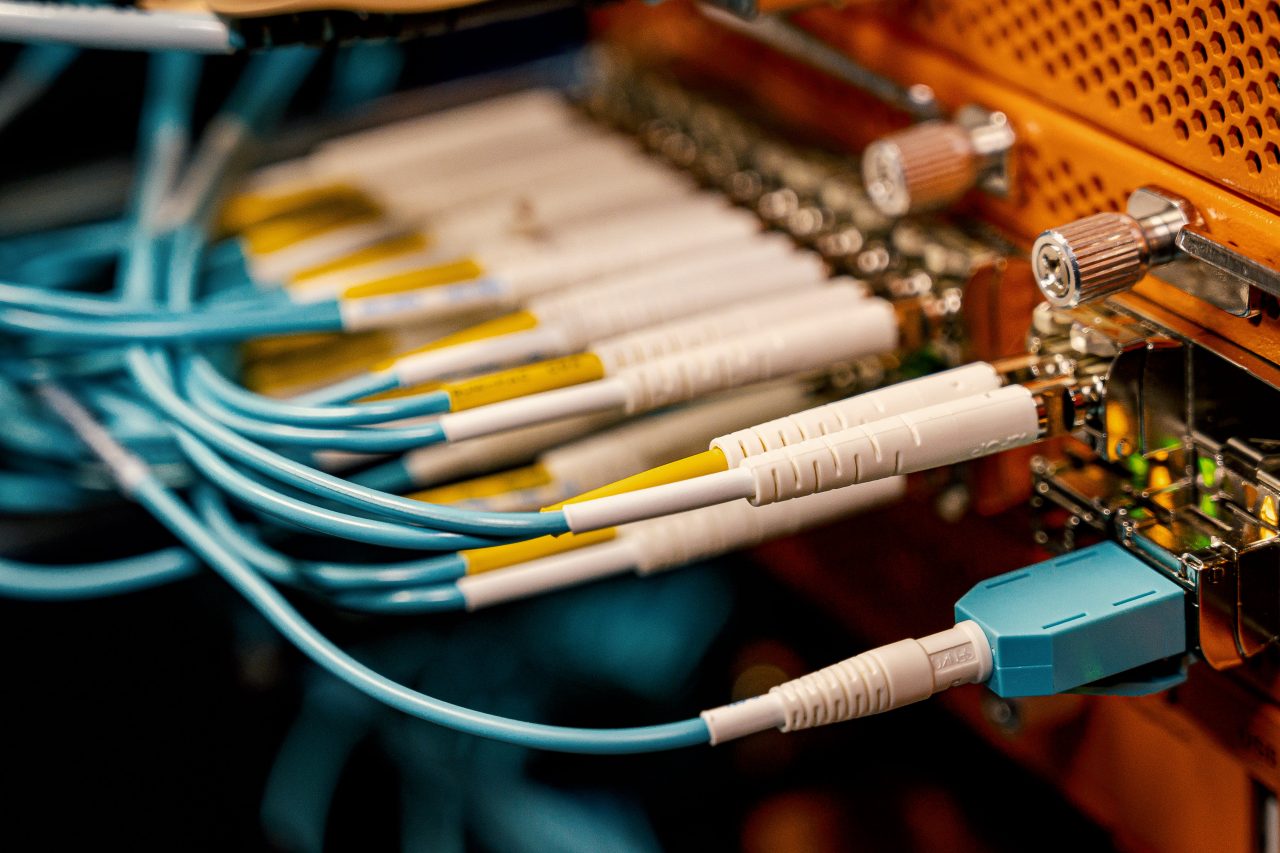In the vast landscape of technological evolution, few innovations have had as profound and far-reaching consequences as fiber optics. The deployment of fiber optic technology has not only revolutionized the telecommunications industry but has permeated various sectors, leaving an indelible mark on how we communicate, conduct business, and interact with the world. In this exploration, we delve into the transformative impact of fiber optics across industries and the broader global landscape.
1. Telecommunications: A Quantum Leap in Connectivity
At its core, the adoption of fiber optics in telecommunications has been nothing short of revolutionary. Traditional copper-based systems, constrained by bandwidth limitations and susceptible to signal degradation, were eclipsed by the unparalleled capabilities of fiber optics.
High-Speed Data Transmission: Fiber optics enable the transmission of vast amounts of data at speeds that were once unimaginable. The low signal attenuation of optical fibers allows for data to travel over longer distances without loss of quality, making it the backbone of high-speed internet connectivity.
Global Interconnectedness: The undersea fiber optic cables crisscrossing the oceans have forged a global network, connecting continents and nations seamlessly. This interconnectedness has redefined international communication, allowing real-time data transfer, video conferencing, and collaborative work on a scale previously unthinkable.
2. Healthcare: Precision and Innovation
In the healthcare industry, fiber optics has ushered in a new era of precision, diagnostics, and patient care.
Endoscopy and Imaging: Fiber optic cables form the basis of flexible and rigid endoscopes, providing physicians with a non-invasive means of exploring internal organs. This technology has transformed diagnostics, allowing for earlier detection of diseases and more targeted treatments.
Data Transmission in Healthcare Systems: The rapid transmission of patient data, including medical records and diagnostic images, is critical for efficient healthcare delivery. Fiber optic networks facilitate this exchange, enhancing the coordination of care and improving patient outcomes.
3. Information Technology: A Pillar of Digital Infrastructure
Fiber optics serves as a foundational element in the construction and maintenance of digital infrastructure, playing a pivotal role in information technology.
Data Centers: The backbone of modern data centers relies on fiber optic connections. These high-capacity links provide the bandwidth required to support the ever-expanding volume of data generated and processed by digital systems.
Cloud Computing: The advent of cloud computing, central to contemporary IT operations, leans heavily on fiber optic networks. Fast, reliable, and secure data transfer facilitated by fiber optics is fundamental to the functionality of cloud-based services.
4. Finance and Banking: Speed and Security
In the finance sector, where microseconds matter and security is paramount, fiber optics has become an integral part of the infrastructure.
High-Frequency Trading: In the realm of high-frequency trading, the speed at which transactions are executed can make a significant difference. Fiber optics, with its high-speed transmission capabilities, has become the preferred medium for connecting financial institutions and exchanges.
Secure Data Transmission: The secure transmission of financial data is a top priority. Fiber optics, being resistant to electromagnetic interference and more difficult to tap compared to traditional copper cables, enhances the security of financial transactions.
5. Manufacturing: Precision and Automation
The manufacturing sector has experienced a paradigm shift with the incorporation of fiber optics, particularly in precision manufacturing and automation.
Industrial Automation: Fiber optic sensors are widely employed in industrial automation, providing accurate and real-time data on various parameters such as temperature, pressure, and vibration. This contributes to enhanced efficiency and reduced downtime in manufacturing processes.
Quality Control: Fiber optic technology facilitates non-destructive testing methods, enabling manufacturers to inspect materials and products with precision. This ensures the production of high-quality goods and adherence to industry standards.
6. Education: Breaking Geographical Barriers
In the realm of education, fiber optics has broken down geographical barriers, offering unprecedented access to knowledge and resources.
Distance Learning: Fiber optic networks support high-quality, real-time video conferencing and streaming, facilitating distance learning programs. This has democratized education, providing individuals worldwide with access to courses and expertise regardless of their location.
Research Collaboration: Fiber optics has revolutionized collaborative research endeavors. Researchers and academics can seamlessly share data, conduct virtual experiments, and collaborate on a global scale, fostering innovation and advancing knowledge.
7. Smart Cities: Building the Future
The concept of smart cities, characterized by efficient urban management and enhanced quality of life, relies heavily on fiber optic infrastructure.
Smart Grids: Fiber optics enable the creation of smart grids, enhancing the efficiency and reliability of energy distribution. This paves the way for the integration of renewable energy sources and the optimization of power consumption.
Intelligent Transportation Systems: Fiber optics supports the implementation of intelligent transportation systems, facilitating real-time traffic management, enhancing public safety, and reducing congestion in urban areas.
8. Environmental Monitoring: Safeguarding the Planet
Fiber optics has found application in environmental monitoring, contributing to the conservation and sustainable management of natural resources.
Remote Sensing: Fiber optic sensors are deployed in environmental monitoring systems to gather data on parameters such as soil moisture, temperature, and pollution levels. This data aids in informed decision-making for sustainable resource management.
Underwater Exploration: Underwater fiber optic cables enable high-speed communication for subsea observatories and remotely operated vehicles (ROVs). This has expanded our ability to explore and understand the depths of the ocean, contributing to marine research and conservation.
Fiber optics, once a technological marvel, has evolved into an indispensable component of our interconnected world. From revolutionizing telecommunications to permeating industries as diverse as healthcare, finance, education, and environmental monitoring, fiber optics has left an indelible mark on how we communicate, conduct business, and navigate the complexities of the modern era. As we continue to push the boundaries of innovation, the transformative impact of fiber optics serves as a testament to the power of technology to shape and enhance our global landscape. The journey from copper cables to beams of light encapsulates not just a technological shift but a profound transformation in the way we perceive and interact with the world around us.
Contact Linden Photonics to get a quote or Call Us at (978) 392-7985

